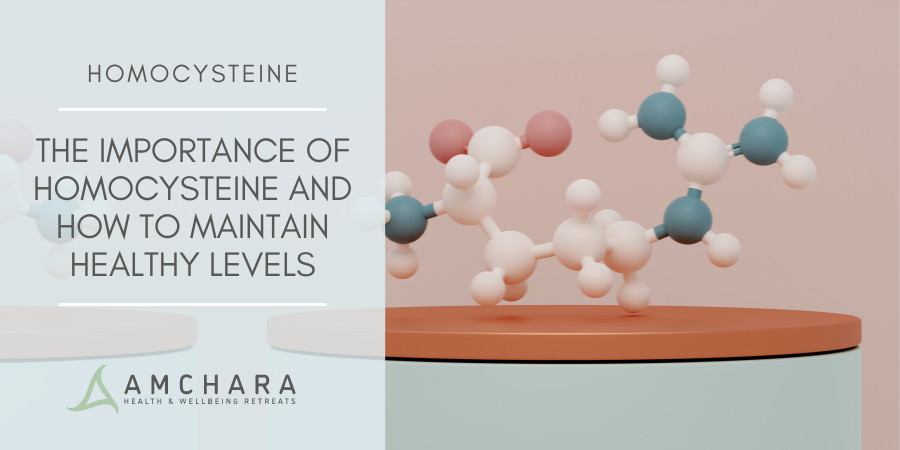New research has suggested there may be a connection between exercise and autism.
In this article, we’ll look at recent findings about brain connections in autism and how these may be affected by physical activity.
Approximately 1.1% of the UK population are thought to suffer from autism (1) and the condition is over six times more common in males than in females.
Autistic Spectrum Disorder (ASD)
Each individual on the autistic spectrum will have a different combination and severity of symptoms.
Autism is characterised by behaviours such as repetitive actions and difficulties with social interaction and communication.
No one knows what causes autism, although it seems likely it’s a combination of genetics and environmental factors.
Brain Connections in Autism
The brains of individuals who suffer from autism have been found to have extra connections between some of the tiniest nerve cells.
These connections are called synapses – minuscule gaps between nerve cells across which messages are transmitted.
Infants are born with many extra connections between nerve cells, which are usually naturally removed over time in a process known as synaptic pruning.
Although learning involves the making of new synapses, the removal of excess and inappropriate ones is probably just as important for brain health.
In fact, around half of the synapses naturally disappear during childhood development.
With autism however, only around 16% of the synapses present at birth are removed (2).
Brain Connections and Multi-Tasking
Not only do the brains of autistic people have more synaptic connections, they also appear to ‘fire’ for longer.
Researchers who have looked at the brains of individuals with autism using MRI scans have found the connections between brain cells which were made when engaging in a particular activity persisted far longer than in people without autism (3).
The longer the connections persisted, the more severe the autistic symptoms.
This could be the reason why people with autism find it hard to switch between different tasks and are distressed when they experience several different stimuli at the same time.
Autophagy and Autism
Research has discovered many of these excess synapses present in autism are damaged.
They should have been cleared away by the process of autophagy, the body’s way of cleaning out damaged or unwanted structures.
Researchers identified autophagy wasn’t working as it should because of the overactivity of a signalling protein known as mTOR.
By reducing mTOR, the defective synapses were cleared by autophagy.
It therefore appears overactive mTOR and reduced autophagy may be a feature of autism.
We’re only just discovering which factors can influence mTOR, but we do know its activity is inhibited by fasting, which can encourage cell cleaning by autophagy.
Exercise and Brain Connectivity
New research has discovered that in animals at least, exercise can reduce some of the characteristics of autism.
Autistic mice display behaviour such as repetitive grooming and avoiding eating when in new surroundings.
Voluntary exercise involving running on a wheel for 30 days appeared to bring about the removal of surplus redundant connections in the hippocampus region of the brain.
This part of the brain is involved in emotions, memory, sociability and spatial awareness, as well as the manufacture of new nerve cells.
In parallel, autism-like behaviour such as repetitive actions, anxiety and poor sociability reduced after the exercise to a level similar to that seen without autism (4).
The researchers think the synapses were removed by special cells in the immune system called microglia.
It’s possible the physical activity enabled the immune system to more easily differentiate between active and inactive synapses.
That way, the inactive connections could be removed and the active ones left intact.
Autophagy and the activity of microglia appear to be closely linked.
Scientists already think exercise has the ability to encourage autophagy.
Studies like the one above suggest it may be possible to influence some of the behaviours associated with autism, whereas previously they were thought to be irreversible.
More studies will need to be carried out, not least to discover whether the findings can be extrapolated to humans and to see if the type of exercise may make a difference to the results.
Earlier studies on small numbers of children with autism have noted exercise can lessen repetitive behaviour and improve social interaction.
For example, one study on 16 autistic boys who participated in water exercise for ten weeks noted they exhibited improved sociability (5).
Exercise is Beneficial to Everyone
Other research has found exercise can even lead to changes in the brain in healthy people.
It’s thought it can delay degenerative changes in the brain which occur as we age, probably because of its influence on autophagy.
Although the benefits of exercise are well documented, it can be difficult to encourage a child or adult with autism to engage in physical activity.
Exercises which involve the whole body can improve co-ordination.
Takeaway
Personalised Health takes into account an individual’s unique circumstances, encompassing genetics, health history, nutrition and lifestyle.
Functional medicine believes any health condition, be it physiological or psychological, can be influenced by nutritional and lifestyle interventions if genetic tendencies are expressed.
We’re dedicated to providing you with both insightful information and evidence-based content, all orientated towards the Personalised Health approach.
Did you find this article useful?
We would love to know your thoughts.
READ THIS NEXT:




